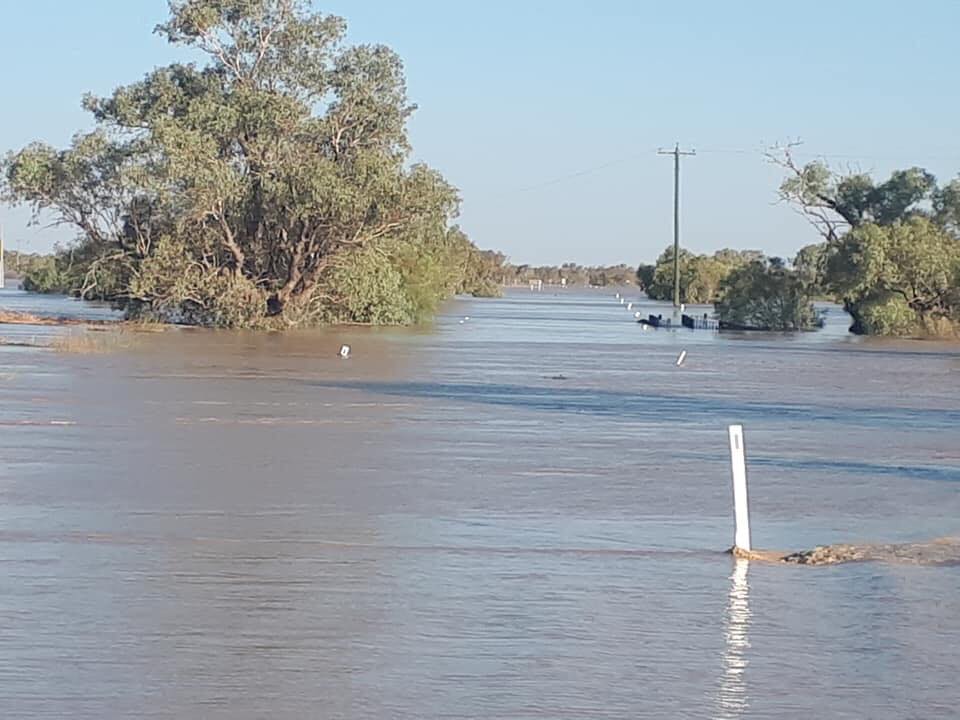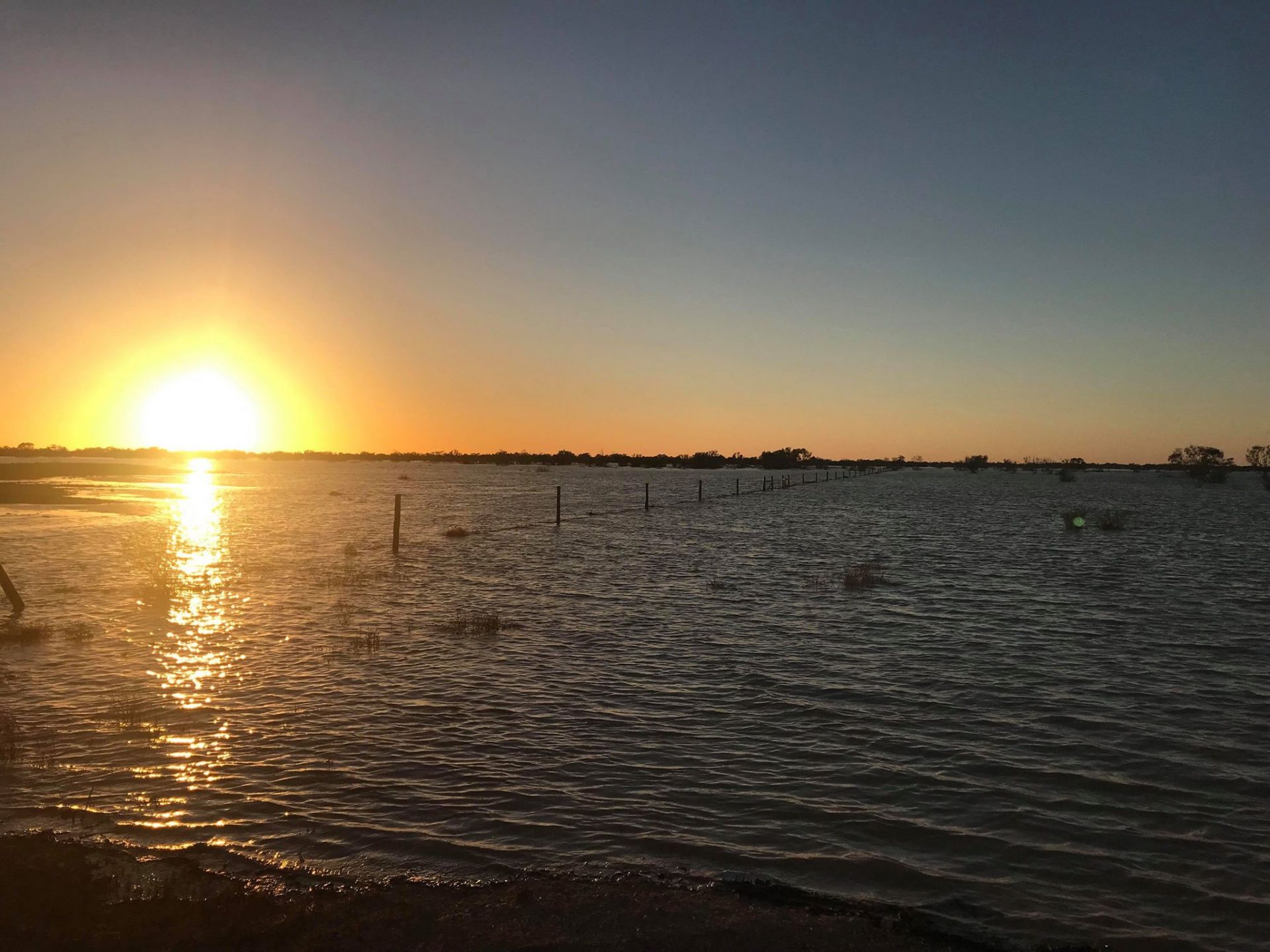If you’re planning a trip through Outback Queensland in the coming weeks, pump the brakes. While the sun’s back out and skies are finally clear, large parts of the region are still either underwater, cut off, or in the middle of a full-blown recovery effort after some of the worst flooding locals have seen in years.
Heavy rains in March dumped more than 600mm in some areas, nearly double the annual average in just a matter of days. The result? Entire towns like Quilpie, Jundah, Stonehenge, Windorah, and Thargomindah were turned into islands. Now, as floodwaters slowly recede, the clean-up is just getting started. Here’s what 4X4ers need to know:

Roads Are Wrecked or Still Underwater
Many of the major and minor outback routes are either impassable or in terrible condition. In places like Windorah and Jundah, road shoulders have collapsed, water damage is widespread, and emergency repairs are weeks away at best.
- The road from Jundah to Longreach is expected to reopen soon, but others will take longer.
- Expect soft edges, deep washouts, bog holes, and detours. If the road is open at all.
- If you’re towing or running heavy, think twice. It’s not just about getting through, it’s about not tearing up what’s left.
Communities Are Doing It Tough So Be Respectful
Properties around Quilpie and Thargomindah are gutted. Homes and stations have lost fences, stock, gear, and personal belongings. In Thargomindah, the entire town has been underwater, and most residents are still displaced.
Now’s not the time to roll into town looking for fuel, supplies, or a powered campsite. These places are running on bare essentials, and volunteers are only just starting to get boots on the ground.
Hold off on any touring plans through this region until recovery efforts are further along. Your tourism dollars are needed, just not quite yet.
Insects Are Next-Level Bad
With all that standing water and warm weather, the sandflies and mozzies have turned savage. Locals are lighting fires to keep horses from being eaten alive. Kids are getting chewed to bits. If you absolutely must head into these areas for essential work or travel:
- Stock up on repellent, and we mean the heavy-duty stuff.
- Pack long sleeves and a fly net.
- Carry burn coils or citronella setups if you’re stopping overnight.
Camping in flood-affected areas right now isn’t just unpleasant, it’s borderline unworkable.

Isolation Is a Real Risk
Even if the flood didn’t reach certain towns, many are still cut off by road. Windorah, for example, didn’t cop direct flooding but remains isolated. Resupply is by air. If you break down, you’re not getting help in a hurry. Fuel drops, food restocks, even basic first aid. It’s all delayed.
Chopper flights are flat-out moving essential items and personnel. You don’t want to be the reason someone can’t get out to a remote property in need.
Give It Time — Then Lend a Hand
If you were planning a trip through the Channel Country or western QLD over April, consider rescheduling. Let locals clean up and get back on their feet. But once roads reopen and things stabilise, these towns will need 4WDers to return.
Buying fuel, grabbing a pub meal, staying at the local van park, it all helps. If you’ve got a shovel and some time, volunteering with groups like BlazeAid is a huge help, too.
The Bottom Line
Touring season is here, but the outback’s not ready. Check road closures daily. Call ahead before heading anywhere near flood-affected towns. And if in doubt, sit tight, the red dirt’s not going anywhere, but these communities need time to rebuild.
We’ll update again as more roads reopen and tracks dry out.













